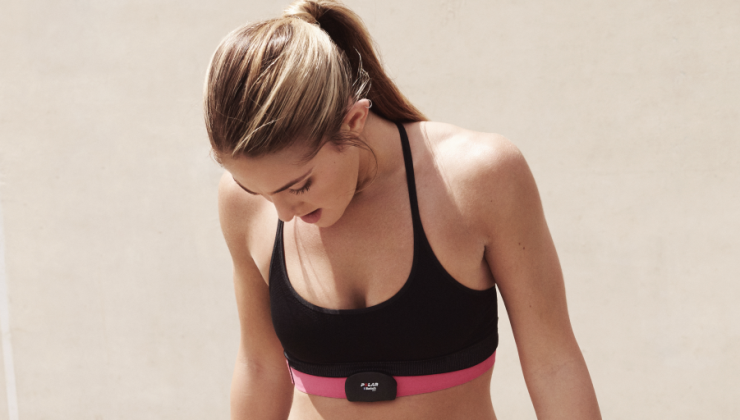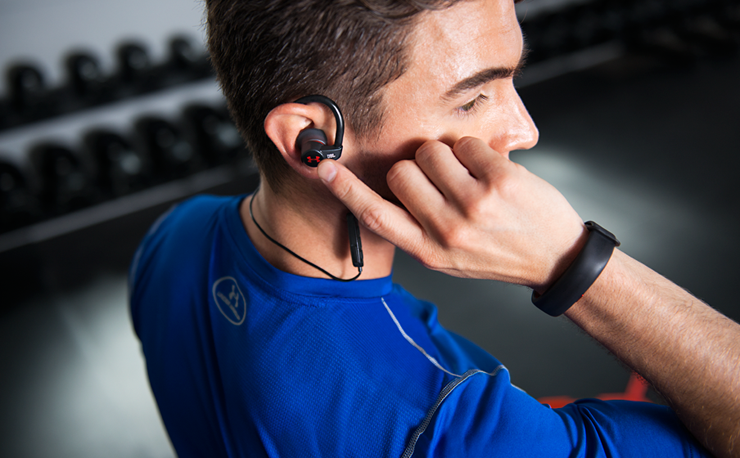Heart rate monitors (HRMs) can be immensely beneficial if you know how to use the information they collect. Exercise has very different effects on the body depending on how high you push your heart rate and for how long. Training intelligently means using heart rate data to guide your workouts. Sometimes you might want to keep your heart rate relatively low to burn fat or pace yourself for a longer workout, whereas other times you want to push it higher for different health benefits, like building stamina. Another reason to own a HRM is to keep an eye on your resting heart rate with a device that will automatically record it for you.
There are many new types and styles of monitors on the market these days, including those that come in some of our favorite fitness trackers and other health and fitness tech. This article looks instead at standalone HRMs. You can use a standalone HRM in conjunction with a fitness tracker or a sports watch—most people do. As you'll see, there are several benefits to adding a separate monitor to your fitness accessories.
Electric HRM vs. Optical
When it comes to finding the right HRM, the biggest question is whether to choose a classic chest strap, which uses an electrical pulse to read your heart rate, or something that uses optical technology instead. Optical technology is what's used in many Fitbit devices, the Apple Watch, and other wrist-based activity trackers. It's also typically used for in-ear measurements in the case of sports headphones that read heart rate.
Without getting too technical, chest straps read the small electrical signal your body creates to make your heart constrict. Optical technology sends light into the skin and reads the light coming back. Based on that information and what we know about how light scatters when it hits bloodflow, the data is translated into pulse. (Valencell, a company that makes HRMs and parts, has a detailed description of how optical heart rate sensors work.)
Electrical technology tends to be more accurate. Taking a measurement from the arm or wrist is more difficult because it's a part of the body that can swing rapidly during activity, creating more data noise that must be accounted for when computing the final reading. In-ear optical HRMs tend to be better than wrist-based ones because the ear doesn't move nearly as much. The skin of the ear is better suited to optical readings than the arm, as well.
Are Heart Rate Monitors Accurate?
Now that you know a little about how different HRMs work and why some are more accurate than others, it's important to address the issue of how much accuracy matters. There are generally two reasons consumers (i.e., not medical professionals or elite athletes) want to know their heart rate data: To get to know their resting heart rate, and to use heart rate data for exercise and training.
Resting heart rate is easy. You can read it by feeling your pulse with two fingers and counting it. You can also read it using a free app and a smartphone camera. It's easy to read resting heart rate with or without a device, and it's easy to check any reading against one collected from a different method.
More importantly, ask your doctor whether they care if your resting heart rate is, say, 58 versus 60. The answer is probably no. It's more important to know whether your resting heart rate is within a healthy range. So, your doctor will care if your heart rate is 80 when it should be closer to 60. My point is a very fine degree of accuracy isn't important for any practical reason for most consumers.
Similarly, when people use heart rate for training and exercise, the exact number of beats per minute matters less than the heart rate zone. Many fitness apps that pair with HRMs either estimate or calibrate custom heart rate zones for you, and show them on a graph with the zones blocked out in different colors. The point, again, is that knowing the exact number of beats per minute isn't as important as knowing the reading within a general range.
There is one more use of heart rate data, and here, accuracy does matter more, but it's a different kind of accuracy. Heart rate recovery, or how quickly your heart rate decreases after intense activity, is a great measurement of one's health and fitness. In our testing, chest straps are much more accurate than optical heart monitors for this kind of reading. Optical monitors tend to lag slightly behind when it comes to detecting rapid heart rate change. Is it enough of a difference to matter to the typical consumer? Probably not. But if you use heart rate seriously for fitness, you might care more about this issue.



ANT+ vs. Bluetooth Heart Rate Monitors
Many HRMs use ANT+ only. ANT+ is a wireless technology that's been around since before Bluetooth became popular, and is used in a lot of other sports equipment, from bicycle cadence meters to treadmills. ANT+ is less commonly used in phones, however. So when you want to pair an ANT+ device to a phone and app, you often need an adapter. Heart rate monitors that use Bluetooth are much easier to connect directly to your phone.
Consider Comfort
In terms of comfort, chest straps will never get a thumbs up across the board. Chest straps wrap snugly around the chest at the sternum, and if they're not tight enough, they can slide down or wiggle out of place. Repositioning them while you're in motion is tough. A bad one can chafe your skin, too, and they're poor at providing visual feedback because you can't see them.
I tend to prefer arm bands over chest straps. They're much easier to wear, you can adjust them quickly even while you're in motion, and they don't cause chafing. They can also have LEDs that flash different colors depending on your heart rate zone. That's the kind of visual feedback you can't get from a chest strap alone. Usually with chest straps you have to rely on a connected tracker to see your heart rate numbers.

Double-Duty HRMs
Earlier I mentioned in-ear optical HRMs. They're neat because they're built into sports headphones, so you essentially get two devices for the price of one. While these devices cost a lot more than other HRMs, they're a good value if you're also in the market for a new pair of wireless sports headphones.


